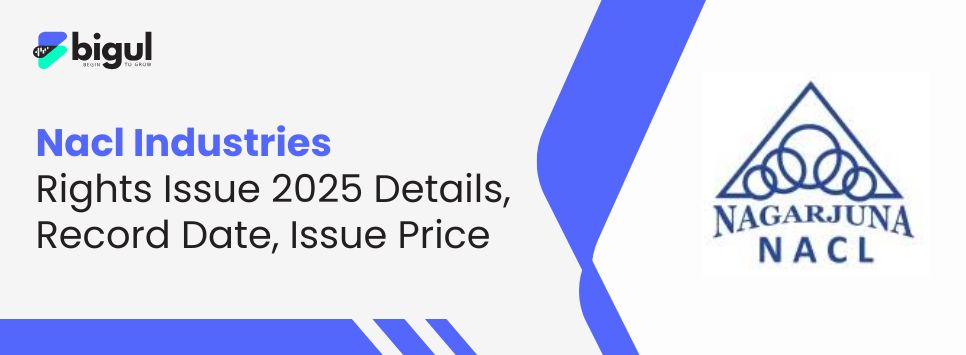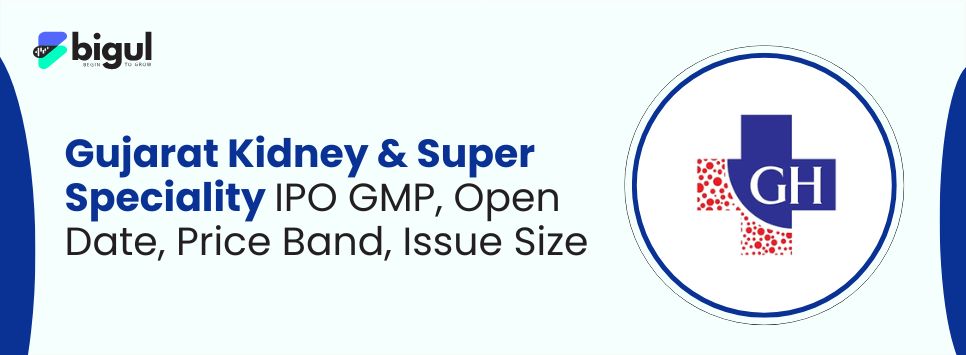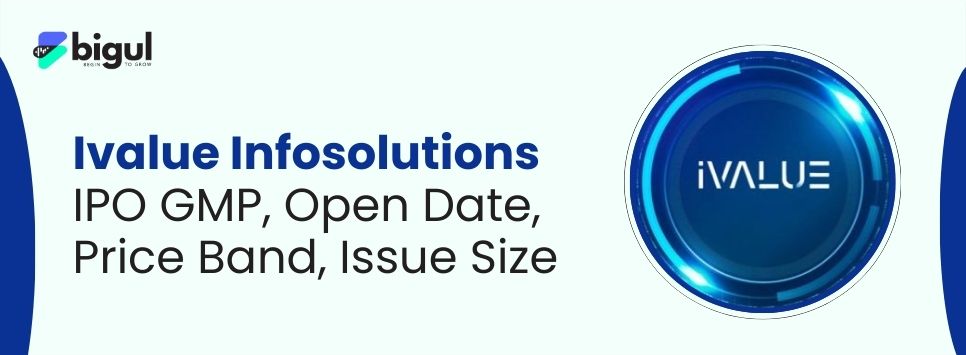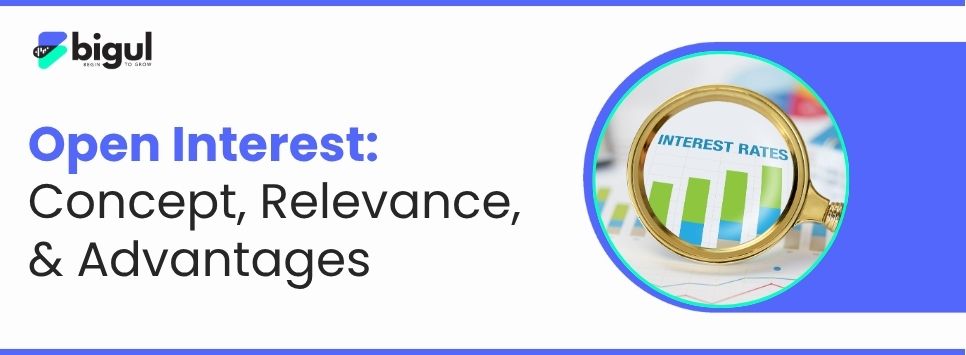When trading derivatives, using only price and volume does not create the full market view. Price shows movement, volume shows activity, and Open Interest (OI) reveals the depth of the market indicators. OI does not stop at mere numbers; it provides traders an insight into institutional and "smart" money and helps traders determine where capital is flowing and the strength of current trends.
What is Open Interest?
The total amount of options or futures contracts that have been opened but not yet closed is known as open interest. It is the market's overall open position. It is different from volume since OI adds up all open contracts at once, while volume shows the total number of contracts exchanged over a given time period.
When a new seller and buyer initiate a contract, open interest increases. It decreases when they close their transaction. When a trader departs and another person replaces them, open interest remains constant. This implies, the interest of the market does not alter.
Open interest is a useful indicator to know market direction and what amount of money is floating around. When open interest increases, it indicates that increasing numbers of people are entering the market, which confirms the prevailing trend. When open interest decreases, it can indicate weakening of the trend or closing positions by traders. For example, if open interest rises in tandem with prices, the trend is probably robust and driven by new purchases. However, if prices go up, therefore OI goes down, this could suggest that it is merely a short covering, and not buying. Thus, open interest allows traders to watch the money coming into and going out of the market. For the trader who wants to study the market, validate a trend, and identify turning moments, it contains a wealth of helpful information.
How Open Interest (OI) Works in Future and Options
Open interest, or OI, is the number of open positions in the futures or options trading that are not yet filled. It helps the trader see how money is moving and how busy the market is, and it changes every day based on what happens in the market.
There are two parties to every transaction in the F&O market: one buyer and one seller.
-
Open interest increases when new contracts are initiated. This indicates new money is entering the market.
-
When both close their prior contracts, then open interest will decline. This shows that traders are leaving and the trend may be getting weaker.
-
If one trader exits and another enters, open interest remains the same. This indicates the overall interest of the market remains constant.
To make this clear, here is an example.
Suppose Trader A buys 3 contracts from Trader B on Day 1 — open interest goes up by 3 because new contracts are made.
Day 2: Trader C sells 5 contracts to Trader A. Because A already holds 3, only two are new, so open interest increases by 2 more.
On Day 3, Trader B buys back 2 contracts from A, closing those — this makes open interest go down by 2.
This explains how open interest tracks to make sure the record of all remaining open contracts in the market.
Open interest is utilised to predict the market attitude. For instance, substantial activity and the possibility of the trend continuing are indicated if open interest increases in tandem with prices. But if open interest declines and prices increase, this is probably short covering, and the trend may terminate. Therefore, traders can monitor open interest to see if a trend is strong or weak and whether new money is coming into or going out of the market.
Benefits of Open Interest
An excellent instrument for examining the derivatives market, which includes trading in options and futures, is Open Interest (OI). OI is the value of unresolved, open contracts. It provides traders with information on market activity, trend strength, and liquidity; it is not a number.
-
Market Participation and Liquidity
One big advantage of OI is that it indicates how active traders are. The more OI, the larger the number of traders, meaning trading is easier. That allows the traders to easily sell or buy at fair prices, especially in trading options where low liquidity can cause wide price gaps and trades problems.
-
Trend Confirmation and Reversal Signals
If prices rise and OI rises, then new money is coming in—good that the trend is on the right track. But if the prices increase and OI decreases, it might be short covering, not genuine buying, which might indicate a reversal of the trend. And if prices decrease and OI increases, it indicates healthy selling (bearish attitude), but if both prices and OI decrease, it might indicate the downtrend is weakening.
-
Determining the Major Support and Resistance Levels
Through a check on open interest, traders can determine where prices will stop falling (support) or stop increasing (resistance). The market will respond at a strike price that has an incredibly high OI. A high put OI strike would be used as support, and a high call OI would be used as resistance. Reading Market Mood and Big Traders' Moves
Open Interest (OI) can be used to demonstrate the mood of the market. If OI sharply rises a lot but the price doesn't budge much, then it is possible that big traders or institutions are secretly beginning to accumulate positions. Seeing this can help small traders gauge what the smart money (proven or big players) is doing.
-
Enhancing Volume and Price Analysis
Volume shows how many contracts were traded today, but OI shows whether they were new trades or closed positions. Used together, volume and OI give a better view. For instance, high volume and increasing OI indicates new interest, while high volume and decreasing OI may show people are exiting trades.
In summary, Open Interest is a useful tool that does not just quantify the active contracts. Open Interest should be used to help the trader confirm trends, map out significant price levels, identify reversals and possible trend changes, as well as check the mood in the market. When traders use Open Interest along with price and volume data, OI can help the trader to make decisions now and in the future, and provide more assurance in the decision and their work in derivatives trading.
Open Interest (OI) Indicators
Open Interest indicators are generally accepted tools traders use for price level identification as well as to assess the strength of a trend in futures and options trading. Volume represents the number of contracts traded over a specific period of time. OI details the number of existing contracts that are still open and not settled.
-
Resistance Level (Call OI):
An extremely high volume of call options at a single particular price could behave as a resistance to price moving higher. It indicates a large number of traders are short-selling calls, hoping the price will not cross that level.
-
Support Level (Put OI):
If open interest is extremely high on one strike, it can serve as support. It indicates that traders are selling puts and believe the price will not fall beneath that level.
-
Confirming Breakouts:
When a stock or asset breaks an important level and also OI rises, the breakout should be real. It implies that fresh capital is coming into the market, which indicates that the existing trend can continue.
-
Divergence Analysis:
An increasing price and decreasing OI, makes it more likely that the traders are not sure of the price event and a reversal may be on the cards. This kind of signal needs to be watched very closely.
Why OI Matters for Traders
-
More clarity regarding Market participation: An increase in open interest suggests that the market is being supplied with more participants or capital.
-
Verification of Trends:
-
Trend Confirmation: The trend is confirmed when open interest is rising in tandem with prices. This trend may be weak, though, if open interest is stagnant or declining while prices are rising.
-
Market Sentiment Gauge: OI helps traders figure out if individuals are closing their positions (showing uncertainty or change of heart) or opening new ones (reflecting confidence).
-
Open Interest (OI) and Its Relationship to Market Trends
Open Interest (OI) essentially refers to the number of contracts which are still in existence, and with price movement and OI considered together, gives a sense of market strength and sentiment.
-
Price Rise + OI Rise: Strong uptrend, that new money is coming in to support price increases
-
Falling Price + Rising OI: Strong downtrend; more selling pressure.
-
Increasing Price + Decreasing OI: This suggests a weak uptrend, which may indicate a short covering rally.
-
Decreasing Price + Decreasing OI: A weak downtrend may be near the end.
A trend is healthy if open interest is rising. If open interest is declining, the trend could be weakening. In order to analyse the behaviour of the traders, open interest usually provides more accurate signals than volume.
The put-call OI ratio also helps:
-
High ratio → bearish mood
-
Low ratio → bullish mood
OI should be used with price and other indicators for the best results.
-
Difference Between Open Interest and Trading Volume
Both OI and Trading Volume need to be monitored by traders, but each does something different. OI shows total contracts still open, which tells us about market interest. Trading Volume shows contracts traded in a time period, which tells about market activity and movement.
|
Feature |
Open Interest (OI) |
Trading Volume |
|
Definition |
Total number of open contracts |
Contracts traded in a period |
|
Focus |
Market interest and positions |
Short-term activity |
|
Update Frequency |
End of trading day |
Real-time updates |
|
Indicates |
Money entering/leaving |
Market activity and movement |
How Traders Have Used Open Interest (OI) Data to Build Their Trading Strategies
For traders, Open Interest (OI) is one of the tools at their disposal, particularly in relation to options and futures. OI provides data on feeling and interest within the market, giving traders additional information to formulate decisions.
Uses of OI Data:
-
Spotting Support and Resistance Zones: Traders look for strike prices with large OI to help them identify resistance (top) and support (bottom), and then implement strategies like Iron Condors or Butterfly spreads, which are traded for when prices are not anticipated to fluctuate too much.
-
Monitoring Market Sentiment Shifts: Big changes in OI at different strikes can show a change in how traders feel. For example, OI drops at one strike and goes up at another can show that traders are changing positions.
-
Certifying Breakouts and Reversals: If OI, price, and volume are all increasing during a breakout, it is a strong move that will most likely continue. But if price rises and OI falls, the trend may be weak or reverse soon.
-
Spotting Institutional Activity: When Special OI changes occur during the day, this can indicate that large traders or institutions are taking action. Following this can give small traders a clue as to where big movements could occur.
-
Supporting Strategies in Volatile Markets: When traders are in the volatile marketplace, they benefit from looking at OI, which would help them select strike prices for doing the most business, based on price movement
-
Combining OI with Volume: If OI and volume are both high, it indicates a strong trend. However, if OI is high and volume is low, then the trend is weakening. To conclude: OI taken along with price and volume gives traders additional information about market sentiment, market strength and possible market reversals. Giving traders better information to make sound entry and halt investment decisions for a greater success rate.
Market Sentinel Information about Open Interest from the Trader's Perspective
-
Perspective: We know institutional selling has a tendency to have excessive OI. These sellers create strong areas of support and resistance, therefore, OI is a good indicator to gauge important price levels.
-
Open Interest as a form of conviction: Volume can be impacted by short-term moves, OI measures what traders are committing over the long run. It gauges where traders are actually putting their money.
-
Limitations of Open Interest Analysis: It does not apply to very short-term intraday trades since Open Interest (OI) is updated at the end of the trading day rather than in real time. As the OI also exists in the market as well, price, volume, and other indicators should be analysed with OI for a more complete picture of market activity.
Conclusion
Open Interest (OI) is no longer just a technical term; it brings more depth to the trader's observations of market dynamics. By observing OI along with price and volume, traders are better able to visualise capital flows, timing for possible change-over and strength of trends. The inclusion of OI gives the trader valuable market positional information that gives them a consulting edge to anticipate where the market will go next and to what extent. For anyone serious about pricing/ selling their OI in options or futures on the above markets, OI should not be optional; it is an essential future indicator.

.jpg)






.jpg)
.jpg)
